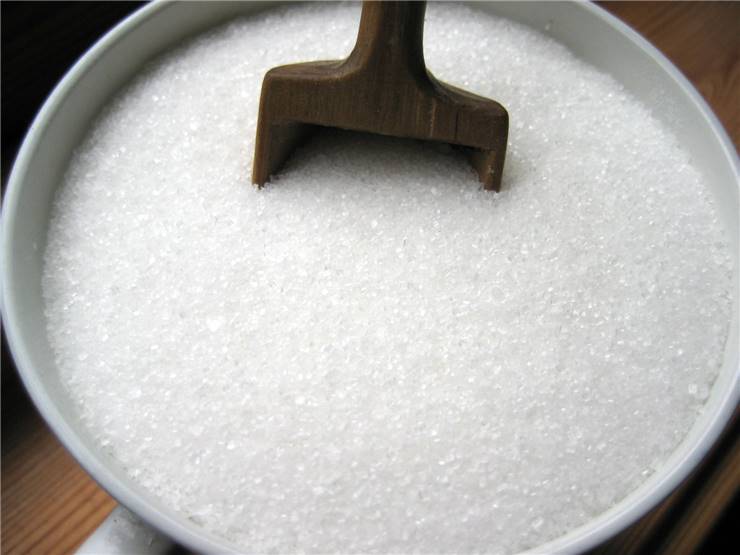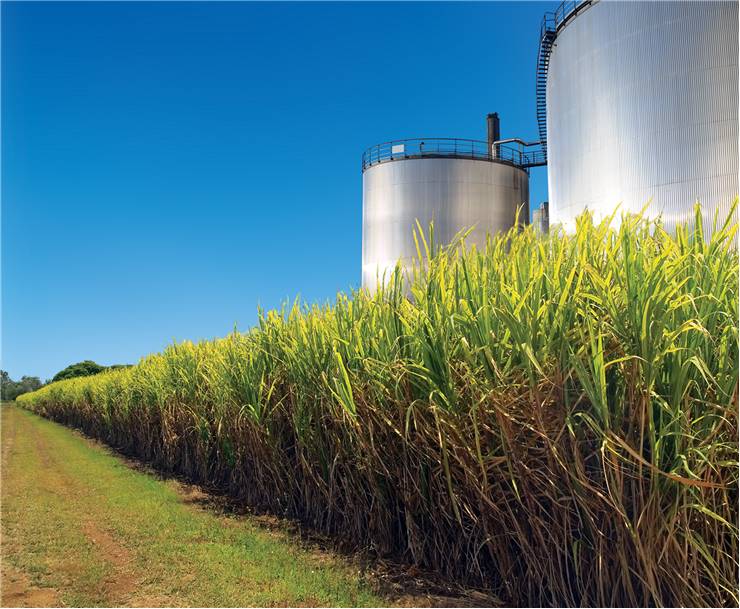Sugar Ingredients - How is Sugar Made?
Sugar is one of the most famous food ingredients today, but it managed to become so only in the last few hundred years. With many European developing countries wantng more and more sugar, countless plantations of sugarcane and sugar beet were created all around the world. Over last few years around 170 million metric tons of sugar was created, managing to promote sugarcane in to world’s largest crop with over 23.8 million hectares of cultivated ground.
Formula for creating sugar from sugarcane plant did not change much over the history. Indian chemist from 5th century AD discovered its crystallized form, and Arabian chemists of 10th century managed to transform brown crystals into white state. Sugar that is manufactured from sugar beet has much newer recipe that requires few less steps than the one from sugarcane.

Sugar of Sugarcane
Sugarcane is one of the rare plants that have ability to store sucrose that is created in the process of photosynthesis across its body (carbon dioxide plus water create oxygen and sucrose). Approximately 12-16% of the sugarcane body mass is sucrose, and the process of its growth, refinement and transformation into kitchen sugar that we use today is not simple.
For start, sugarcane must be grown in a frost-free climate that can provide sufficient amount of rainfall during the growing season. After the crop is harvested (either mechanically or by hand) it needs to be chopped in smaller pieces and immediately transported to nearby sugar processing facility. There, sucrose is extracted either by using the process diffusion or by manually milking it with presses. Resulting juice is treated with lime and heated to remove some of the unwanted substances. Then, sugar syrup is boiled in a line of successive boilers which evaporate all water in vacuum environment. Supersaturated sugary solution is then separated from the rest of the fluids, and then burned so that brown molasses could be removed. Finishing of this step will result in creation of perfectly edible Brown Sugar, which still remains small percentage of molasses in it.
To create perfectly white table sugar, brown sugar must be put through additional refinement. Molasses is bleached by mixing the sugar with sulfur dioxide or in carbonation process.
Sugar of Sugar beet
Process of creating beet is little simpler than one from sugarcane. The plant itself is much more resilient to colder conditions, and therefore can be grown away from tropical climate. Because of that, Europe, North America, North East Asia and Brazil have managed to grow enough sugar beet to stiffly around 20% of worldwide sugar production.
To produce sugar, beet is extracted from the ground and then slowly taken to processing facilities (this period can last up to few weeks) where their bodies are washed, sliced, mixed with water and put into process of diffusion. Resulting substance is treated with milk of lime, carbonated to ensure the purity of sucrose. After several billings in pressurized containers, sugar is the cooled and prepared for transport. Bleaching of sugar is not needed here, because sugar created from beet is naturally white (molasses is created by sugarcane fibers).


